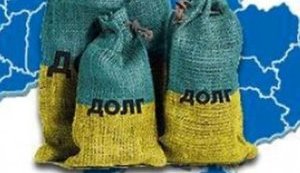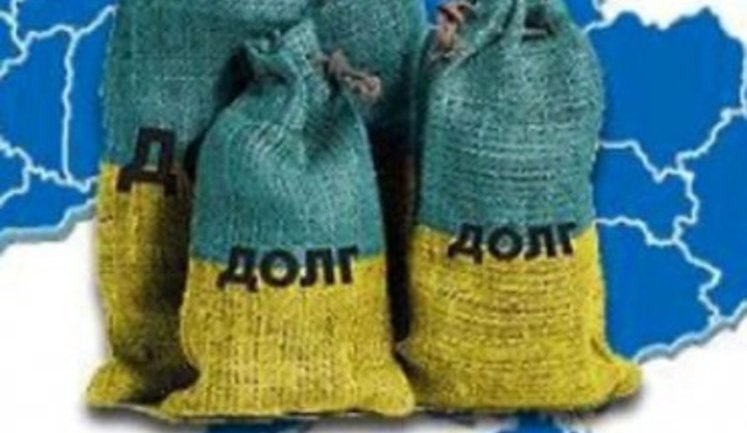Recent developments highlight efforts to support Ukraine through loans, especially reparation loans aimed at rebuilding post-conflict. The EU's proposal to utilize frozen Russian assets for a €140 billion loan, and Poland's negotiations for a €120 million loan to bolster Ukraine's defense procurement are noteworthy. Furthermore, ongoing discussions involve substantial financial commitments from the US and IMF, with an emphasis on utilizing Russian assets to fund these financial aids. Such initiatives are crucial for Ukraine's economic recovery and stability.
What is the EU's proposed "reparation loan" for Ukraine?
The European Union is considering a "reparation loan" for Ukraine, which is intended to help rebuild and stabilize the country amidst ongoing conflicts. This loan illustrates international support and responsibility-sharing in aiding Ukraine's recovery process.
What role do frozen Russian assets play in Ukraine's financial aid?
The European Commission and G7 countries are proposing to use frozen Russian assets to fund loans for Ukraine. This approach is aimed at holding Russia accountable for its actions while providing necessary support to Ukraine. Such initiatives reflect a strategic leveraging of available resources for humanitarian and economic purposes.
How is the United States contributing to Ukraine's financial recovery?
Following significant proposals, the United States has allocated a $20 billion loan for Ukraine, emphasizing the use of frozen Russian assets as a repayment source. This reflects international policy trends where geopolitical strategies intersect with economic aid, facilitating Ukraine's path toward revitalization and independence.
What are the impacts of loans from Poland on Ukraine's defense industry?
Poland is negotiating a €120 million loan with Ukraine, intended to enhance its defense capabilities through purchases from the Polish defense sector. This bloc of financial aid signifies mutual cooperation in regional security, underscoring Poland's strategic influence and partnership in supporting Ukraine during challenging times.
How significant is the IMF's involvement in Ukraine's economic stability?
The International Monetary Fund (IMF) plays a crucial role, providing tranches such as a recent $1.1 billion support to aid Ukraine's budgetary needs. This financial assistance facilitates crucial economic functions and showcases international institutional support in ensuring Ukraine's financial adaptability and sustainability amidst ongoing challenges.



























